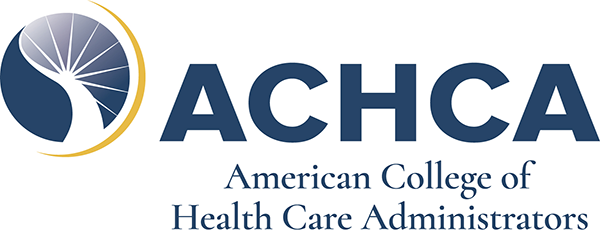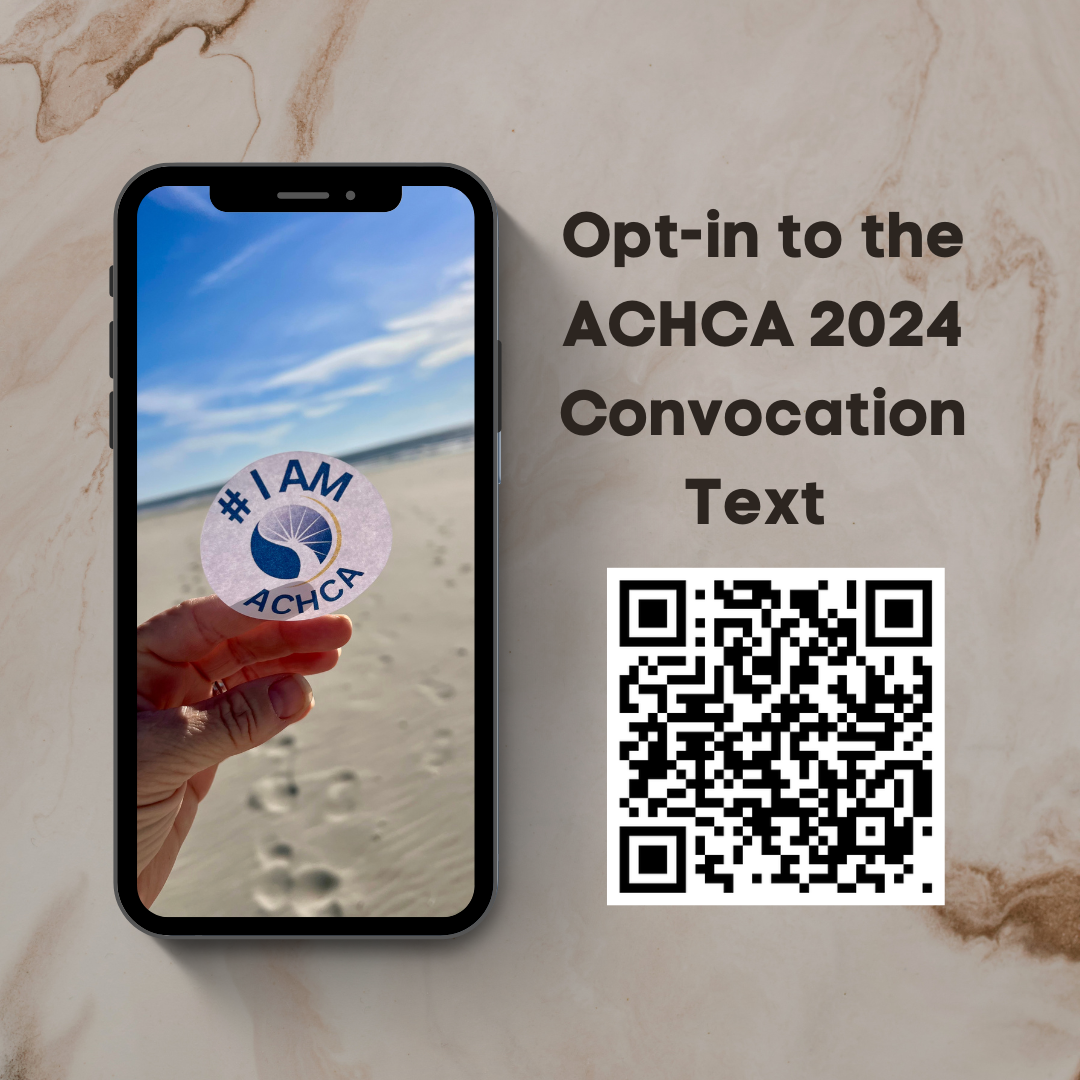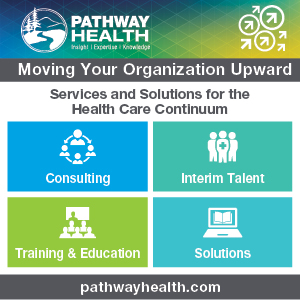Do you know how your community views you? Beginning in October 2020, certain Quality Reporting Programs (QRP) measures are being publicly reported on Medicare’s Nursing Home Compare site. How do you compare to your competitors in these QRP measures? Continual review, analysis and adjustment of your practices is the key to depicting the stellar services you provide.
Newly publicized QRP measures include:




